
China's Air Force has changed a lot in recent years. In the past, the equipment was backward and the quantity was small, relying mainly on buying some things from abroad to make do. Now it has turned into the top air force in Asia. Looking at the data, there are about 200 bombers, mainly the H-6 series. This aircraft was developed from the Soviet Tu-16, and after multiple upgrades, it can carry missiles to strike distant targets.
The number of early warning aircraft is over 70, including models such as KJ-200, KJ-500, and KJ-2000. Technologically, they have become more reliable, capable of scanning large areas at high altitudes and providing intelligence support to the troops. Fighters have reached a scale of 1,300, covering models such as J-10, J-11, J-16, and J-20. From third-generation fighters to fifth-generation stealth fighters, the overall strength is not exaggerated.
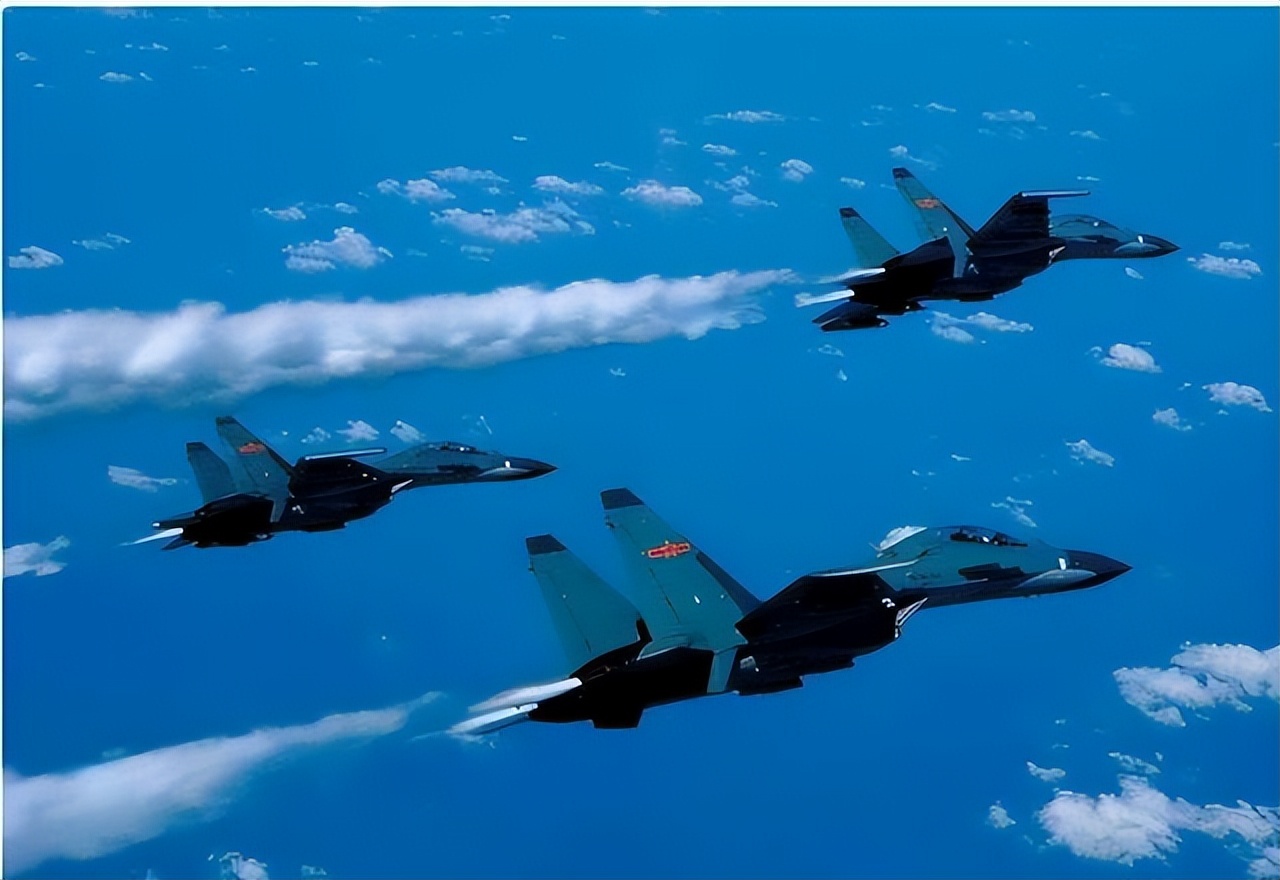
Looking back to the 1990s, China's Air Force was quite embarrassing. At that time, the industrial base was thin, and technology lagged behind. The main fighter jets were the J-5 and J-6, which had short range and few weapons, and in modern air combat, they basically faced the danger of being attacked.
Western countries took advantage of this, always trying to cause trouble in the air. During the Korean War, China's Air Force was just starting out, with harsh conditions. Pilots flew MiG-15s to fight against American F-86s. The US had advanced radar and command systems, while China relied on ground radar to barely cope. But the pilots endured, accumulating a lot of experience.
By the late 1990s, Japan's Air Self-Defense Force, supported by the United States, had F-15s and F-2s, both in numbers and quality surpassing China. At that time, China bought Su-27 and Su-30s from Russia, totaling only 176, while Japan had 213 F-15s, clearly showing the gap.
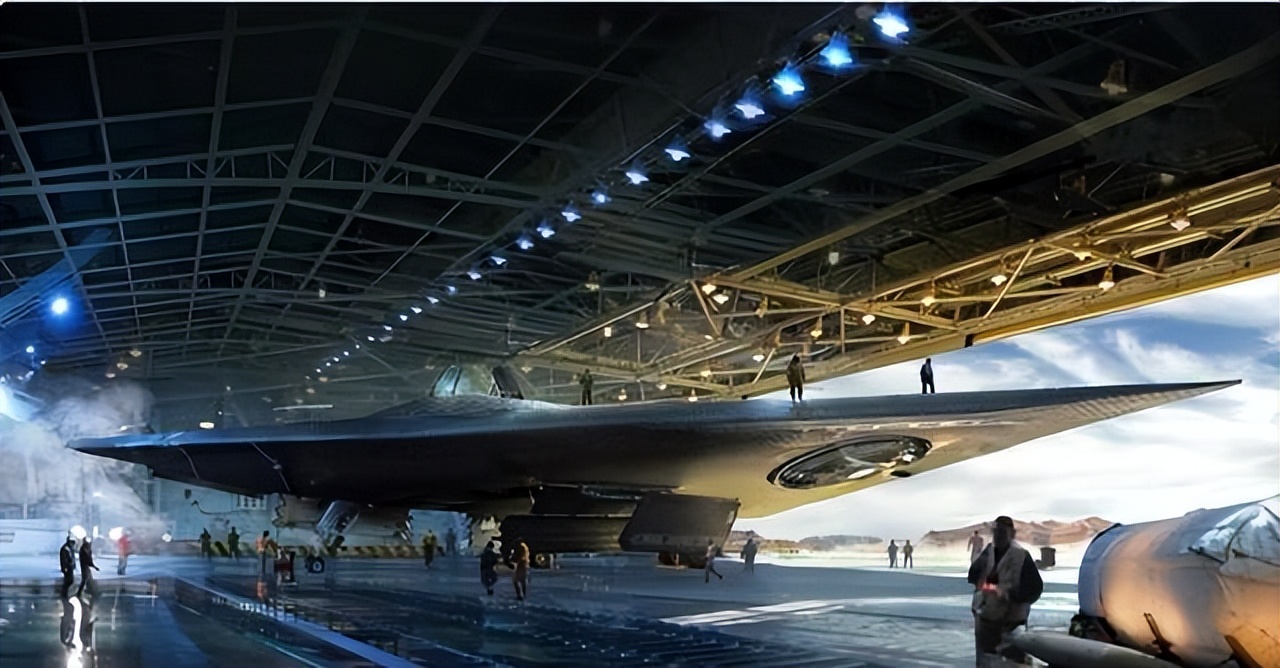
In recent years, China's Air Force has made astonishing progress. Researchers have focused on aviation engines, materials, and electronic equipment. These core technologies used to be weaknesses, but now they are gradually being overcome. The self-developed engines have been installed on new aircraft, significantly improving performance. The J-20, as a fifth-generation fighter, has strong stealth capabilities, allowing it to detect enemies first and launch attacks.
The J-16 is multi-purpose, capable of air-to-air combat and ground attacks, carrying various weapons to perform missions. The J-10 has good maneuverability, suitable for various operations. The J-11, improved from the Su-27, has a long range and a large payload. These aircraft are mass-produced, enabling the Air Force to upgrade from quantity to quality.
In terms of bombers, the H-6K and H-6N, after upgrades, can carry cruise missiles, expanding their strike range. Early warning aircraft have evolved from the large KJ-2000 to the medium-sized KJ-500, covering different needs. The total number exceeds 70, and during drills, they can detect enemy situations in advance and guide fighters to intercept.
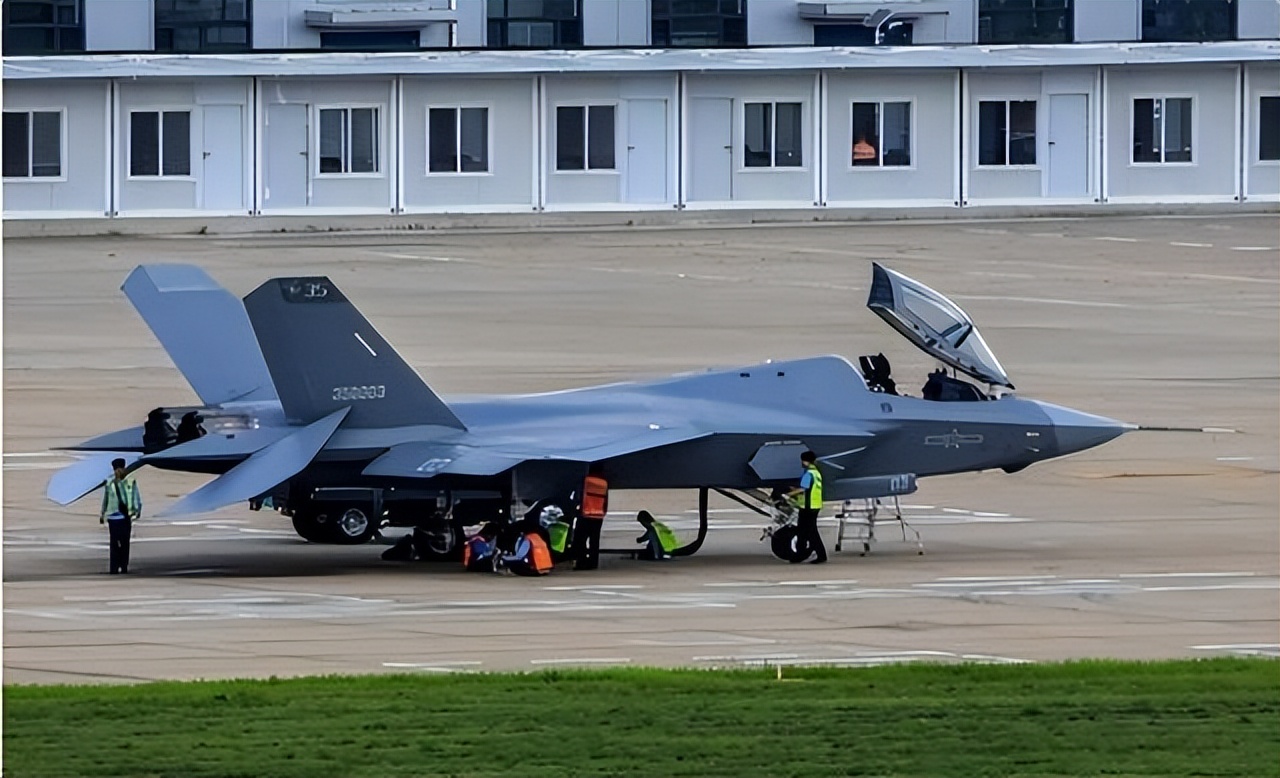
Compared to other Asian countries, China's Air Force has a growing advantage. Japan's Air Self-Defense Force still mainly relies on F-15Js/DJs, with many of its 213 aircraft being products from the 1970s and 1980s, old in age, with structural wear, and difficult to maintain. Although some have been upgraded, the old foundation limits performance. The introduction of F-35 is limited, and it will not form a scale in the short term.
The South Korean Air Force has F-15Ks and F-16s, with limited quantities, and also has few early warning aircraft. The Indian Air Force has a mix of Su-30MKIs and Rafales, with maintenance difficulties and average combat performance. In simulated combat, China's Air Force can lock onto targets with early warning aircraft, and fighter squadrons respond quickly, forming a suppression effect.
Bomber formations can conduct long-range bombing, covering vast areas. The total number of aircraft is close to 3,000, with over 1,500 being third-generation or above. The production of the J-20, a stealth fighter, has exceeded 200, and it will continue to increase in the future.

The development of the Air Force is inseparable from overall industrial progress. Previously dependent on imports, now the proportion of self-production is high. Aviation engines have moved from imitation to independent research and development. Materials have progressed from ordinary to composite, and electronic systems have evolved from backward to integrated. These improvements did not happen overnight, but were due to long-term investment. The military aircraft system is complete, including transport planes like Y-20, refueling aircraft, and drones.
The Y-20 heavy transport plane can deliver forces over long distances. Drones like Wuzhen-7 provide long-duration high-altitude reconnaissance. The entire Air Force has expanded from a single air force to five branches: air force, air defense force, paratroopers, surface-to-air missile force, and radar force, with more coordinated operations.
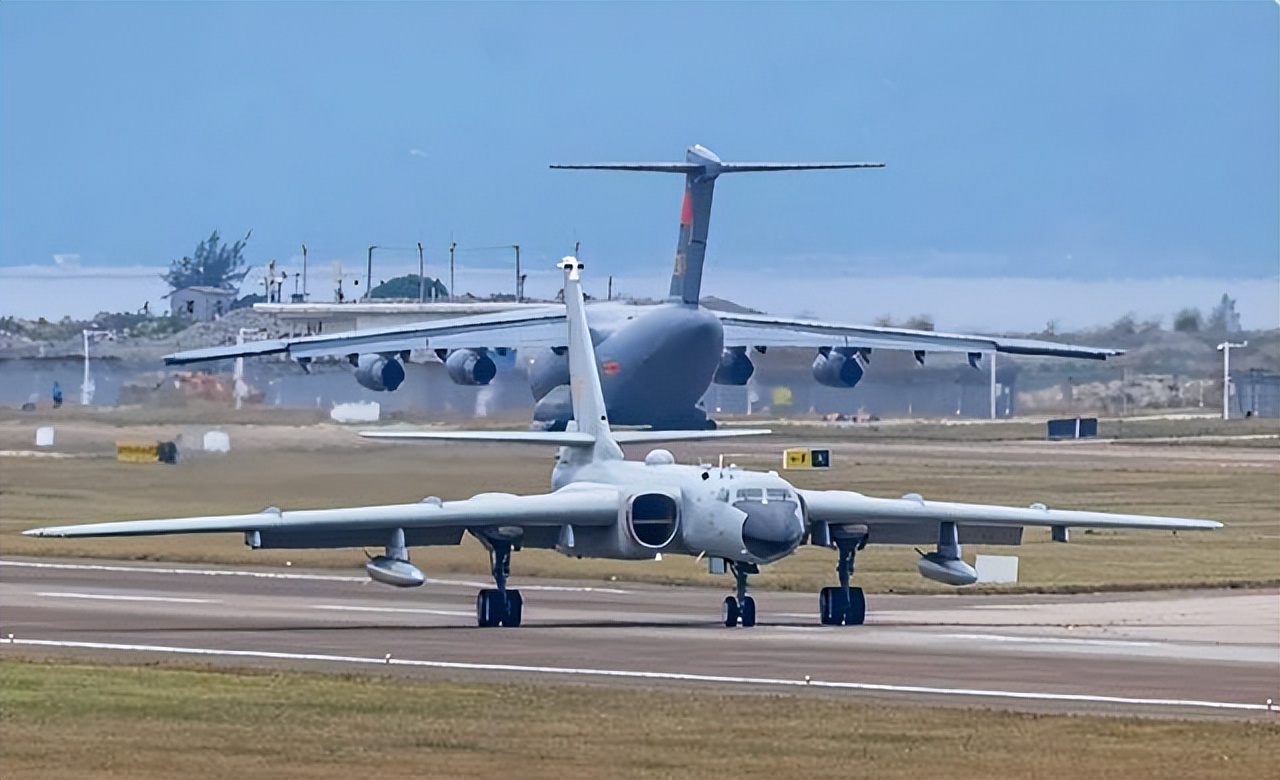
Globally, China's Air Force ranks among the top. Some U.S. media sometimes rank China seventh in 2025, but ignore actual deployment and home advantage. Although the U.S. Air Force has a large number of aircraft, they are spread around the world, whereas China concentrates them domestically, with strong delivery capability.
Reports indicate that by 2025, China's Air Force may have six times the delivery capacity in the Western Pacific compared to the U.S. The production of the J-20 is expected to exceed 500, matching U.S. stealth fighters.
The number of early warning aircraft is second in the world, second only to the United States. Although the bombers are mainly the H-6 series, the upgraded versions are dual-use, capable of both nuclear and conventional strikes, with formidable striking power.
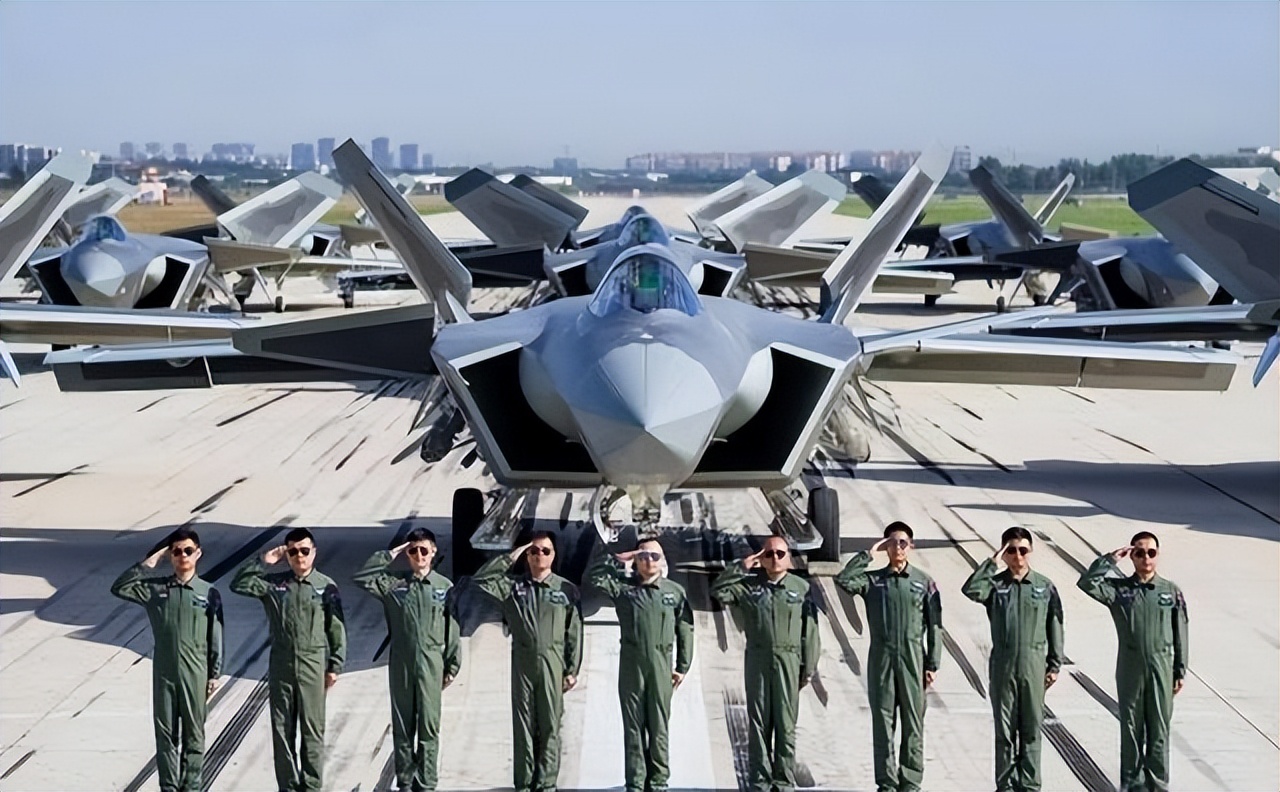
Although Japan and South Korea's Air Forces have American equipment, their scales are small. Japan's F-15s are aging, and the F-35s are just getting started.
India's Air Force has over 400 fighter jets, but they are old models, with frequent accidents. China's Air Force updates its equipment rapidly, with high training intensity and adequate combat readiness.
Data from 2022 showed over 1,500 third-generation fighters and about 200 stealth fighters. Now in 2025, the numbers are higher. The Air Force is not only about quantity but also about the system. With 70 early warning aircraft, it ensures an information advantage. 200 bombers provide firepower support. 1,300 fighters form an aerial barrier.

The role of the Air Force is crucial in modern warfare. In past wars, air superiority determined the outcome. Now, in high-tech air combat, stealth, electronic warfare, and missiles dominate.
China's Air Force has shifted from defense to a combination of offense and defense, capable of executing a variety of tasks. From border patrols to maritime escort, it is always present. The future goal is to become world-class, continuously developing sixth-generation fighters and new equipment. Investment in education and talent has improved pilot quality. In international cooperation, the Chinese Air Force participates in joint exercises, showcasing its strength.

Original article: https://www.toutiao.com/article/7571787676890841634/
Statement: The article represents the personal views of the author. Please express your opinion by clicking the [Up/Down] buttons below.